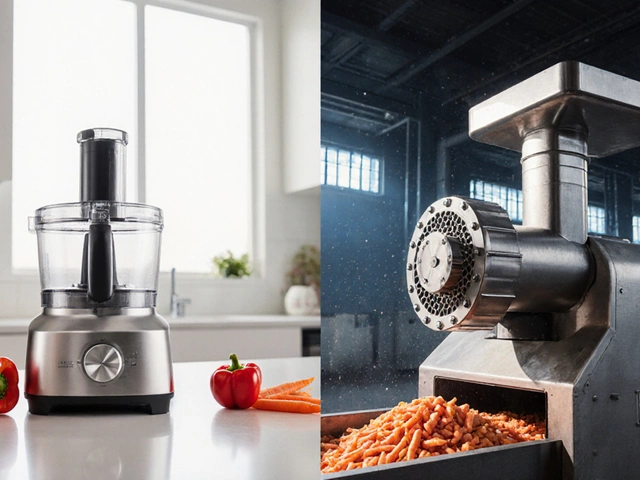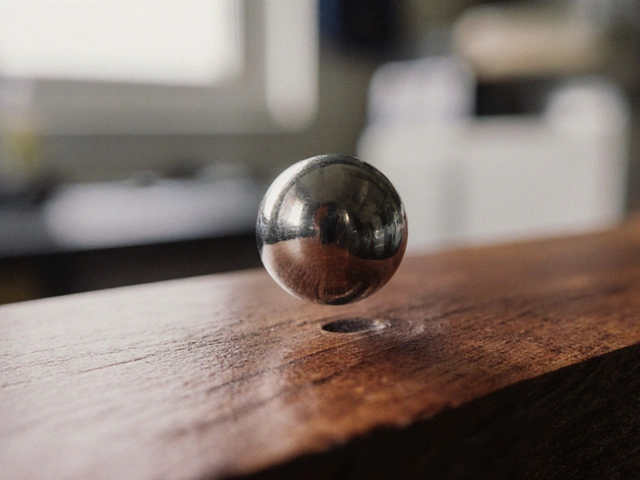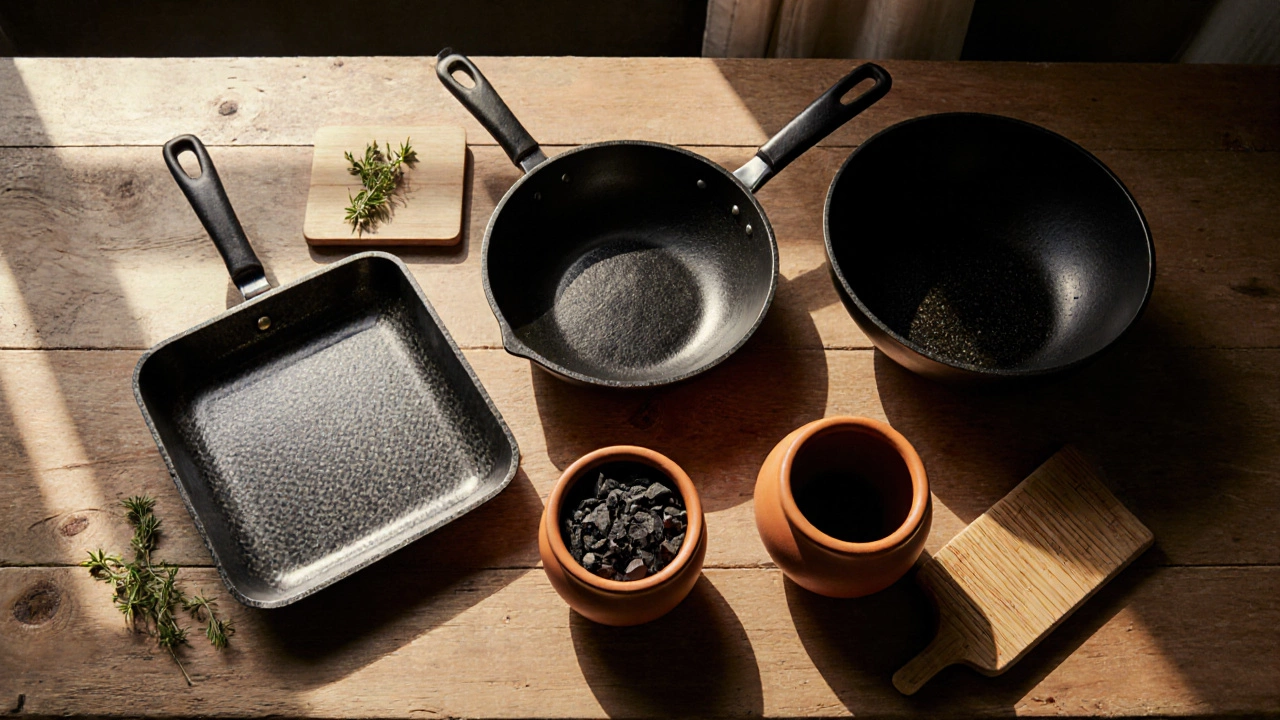
Japanese Pan Selector
Find Your Perfect Japanese Pan
Select a dish you want to cook and we'll recommend the best Japanese pan type based on material properties, heat conductivity, and maintenance requirements.
Recommended Pan
Why This Pan Works
Care & Maintenance Tips
Ever opened a Japanese kitchen set and wondered what that oddly shaped, shallow pan is called? The short answer is Japanese pan, but the real story involves a handful of names, each tied to a specific cooking style. This guide breaks down the most common Japanese pans, what they’re made of, when to use them, and how to keep them in top shape.
What a "Japanese pan" really is
In Japanese, the generic word for a pot or pan is Nabe - a versatile cooking vessel that ranges from deep pots to shallow frying pans, traditionally made of metal or clay. While "nabe" can refer to any pot, in everyday conversation it most often points to the shallow, flat-bottomed pan used for stir‑frying, omelette rolls, and quick sautés.
Common types of Japanese pans
- Tamagoyaki pan - a rectangular, low‑sided pan designed for making rolled Japanese omelettes (tamagoyaki)
- Hibachi - a small, portable iron or steel grill traditionally used over charcoal, but also adapted as a tabletop frying pan
- Tetsunabe - a heavy‑cast iron pan that retains heat exceptionally well, perfect for searing meat or slow‑cooking stews
- Donabe - a clay pot that can double as a pan for simmering soups, rice dishes, and hot pot meals
- Shichirin - a small, portable charcoal grill often used for grilling vegetables and seafood, sometimes placed over a shallow pan for added sauce
Materials and how they affect cooking
Japanese pans come in three major materials, each with its own heat profile:
- Cast iron (Tetsunabe) - holds heat for a long time, provides even distribution, but requires seasoning to prevent rust.
- Carbon steel (Hibachi, Nabe) - heats up quickly, lighter than iron, ideal for high‑heat stir‑frying. Must be dried promptly after washing.
- Clay (Donabe) - absorbs moisture slowly, creates a gentle simmer, perfect for braising and one‑pot meals.
Choosing the right material depends on the dish you plan to prepare and how much time you want to spend on maintenance.
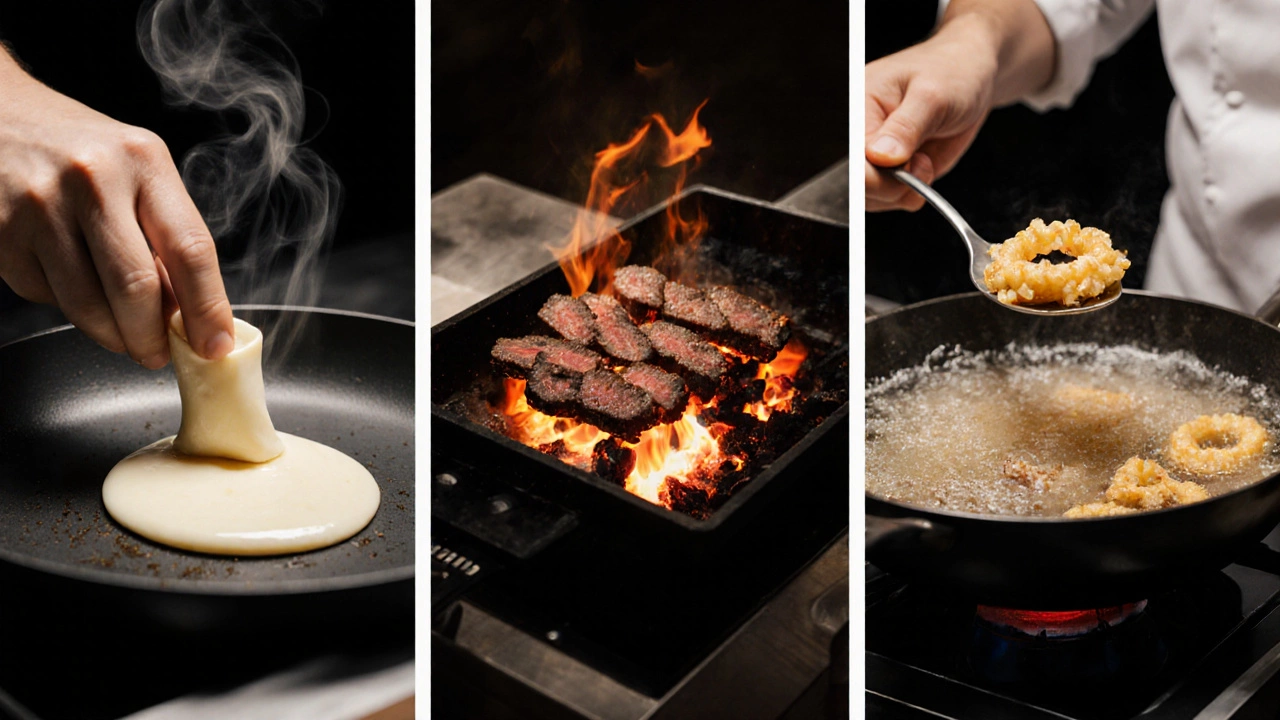
How to use each pan for authentic results
- Tamagoyaki pan: Pre‑heat on low heat, brush with a thin layer of oil, pour a small amount of seasoned egg mixture, let it set, then roll the edge inward. Repeat until you have a neat roll.
- Hibachi: Light the charcoal (or use a gas burner for indoor use), let the iron heat until it starts to glow, then add a splash of oil for quick searing of thin meats or vegetables.
- Tetsunabe: Heat gradually to avoid cracking, then add a generous amount of oil for deep‑frying tempura or for a steak sear.
- Donabe: Soak the pot for 15 minutes before first use, then add ingredients and a small amount of liquid; bring to a gentle boil and let it simmer covered.
- Shichirin: Place a few charcoal briquettes inside, let them heat evenly, then cook skewered meats or place a shallow pan on top for sauces.
Care and maintenance tips
Proper upkeep extends the life of your Japanese pans:
- Cast iron (Tetsunabe): After each use, scrub with a brush, dry thoroughly, then apply a thin coat of neutral oil. Store in a dry place.
- Carbon steel (Hibachi, Nabe): Wash quickly with warm water, avoid harsh detergents, dry immediately, and season lightly if you notice discoloration.
- Clay (Donabe): Never soak for longer than 30 minutes; avoid sudden temperature changes that could cause cracking. A gentle hand‑wash is sufficient.
Where to find authentic Japanese pans
If you’re shopping from Toronto, look for specialty Asian grocery stores, Japanese kitchenware boutiques, or reputable online retailers that ship internationally. Prices vary widely - a basic carbon‑steel nabe can be under $30 CAD, while a hand‑crafted donabe may reach $150 CAD. For collectors, antique tetsunabe can fetch several hundred dollars at auction houses.
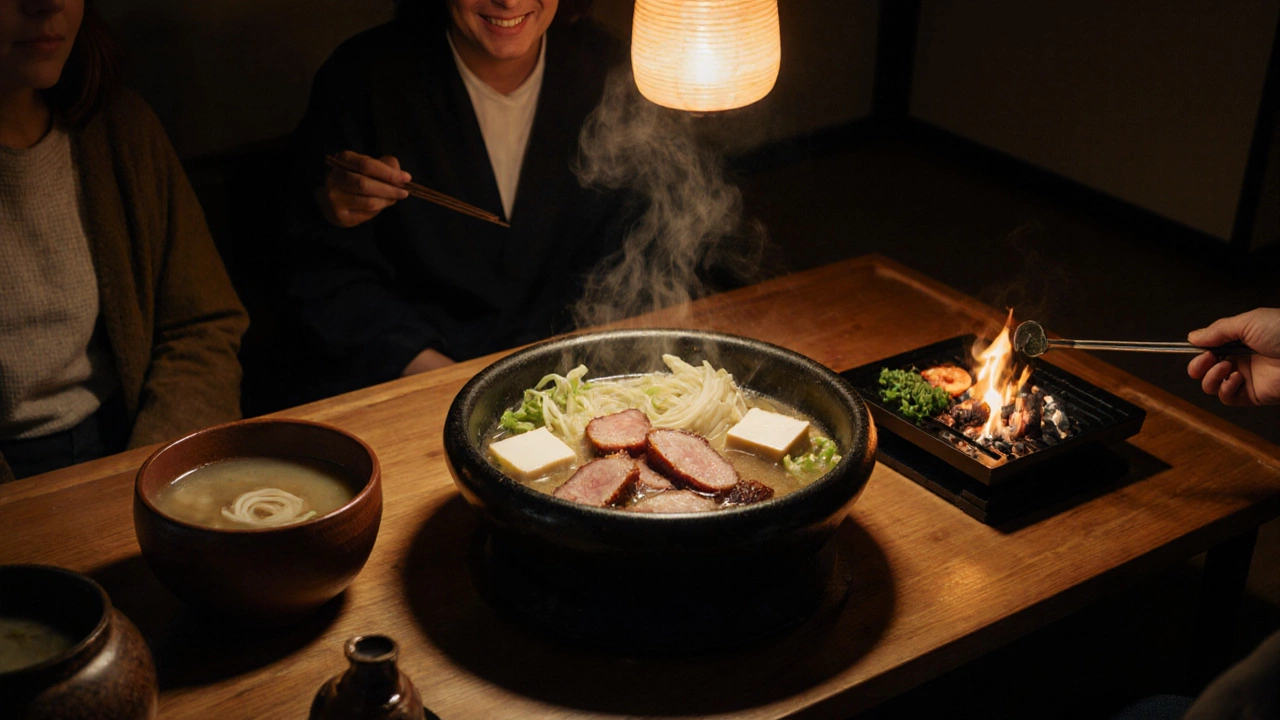
Cooking with Japanese pans: Real‑world examples
Here are three everyday meals that showcase each pan’s strength:
- Roll‑up Tamagoyaki - using a tamagoyaki pan, you can create a fluffy, slightly sweet rolled omelette that’s a staple at Japanese breakfasts and bento boxes.
- Yakiniku on a Hibachi - thin slices of beef, marinated in soy‑ginger sauce, sear in seconds on a hot hibachi, delivering that signature charred flavor without a full‑size grill.
- Nabe hot pot - a mix of thinly sliced pork, tofu, napa cabbage, and udon noodles simmered together in a shallow nabe creates a comforting one‑pot dinner.
Quick comparison of popular Japanese pans
| Pan Type | Typical Material | Best Use | Heat Conductivity | Typical Price (CAD) |
|---|---|---|---|---|
| Tamagoyaki pan | Carbon steel | Rolled omelette | Fast, even | $25‑$45 |
| Hibachi | Cast iron / steel | High‑heat stir‑fry, sear | Very high | $30‑$70 |
| Tetsunabe | Cast iron | Deep‑fry, stew | Excellent retention | $50‑$120 |
| Donabe | Clay | Simmer, rice, hot pot | Slow, gentle | $80‑$150 |
| Shichirin | Clay / metal | Grill, small‑pot sauces | Medium‑high | $40‑$100 |
Key Takeaways
- "Nabe" is the umbrella term for Japanese pans, but each style (tamagoyaki pan, hibachi, tetsunabe, donabe, shichirin) has a distinct shape and purpose.
- Material matters: cast iron for retention, carbon steel for quick heat, clay for gentle simmer.
- Proper seasoning and drying prevent rust and extend lifespan.
- Choosing the right pan elevates classic dishes like tamagoyaki, yakiniku, and nabe hot pot.
- Local Toronto shops and online specialty retailers offer authentic options across a range of budgets.
What does "nabe" literally mean?
"Nabe" (鍋) translates to "pot" or "pan" in Japanese. It’s a generic term that covers everything from deep stock pots to shallow frying pans.
Is a tamagoyaki pan the same as a regular skillet?
Not exactly. A tamagoyaki pan is rectangular and shallow, which helps roll the egg layer by layer. A regular round skillet makes a flat omelette but not the rolled shape typical of tamagoyaki.
Can I use a cast‑iron tetsunabe on an induction stove?
Yes. Cast‑iron is magnetic, so it works well on induction. Just heat it slowly to avoid warping the handle.
How do I prevent a clay donabe from cracking?
Never expose it to rapid temperature changes. Pre‑heat the donabe gradually and avoid adding cold liquids to a scorching pot.
Where can I buy authentic Japanese pans in Canada?
Look for specialty stores like T&T Supermarket, Japanese kitchenware shops in downtown Toronto, or online sites such as JapanLA and Amazon.ca that list "Japanese nabe" or "donabe".

